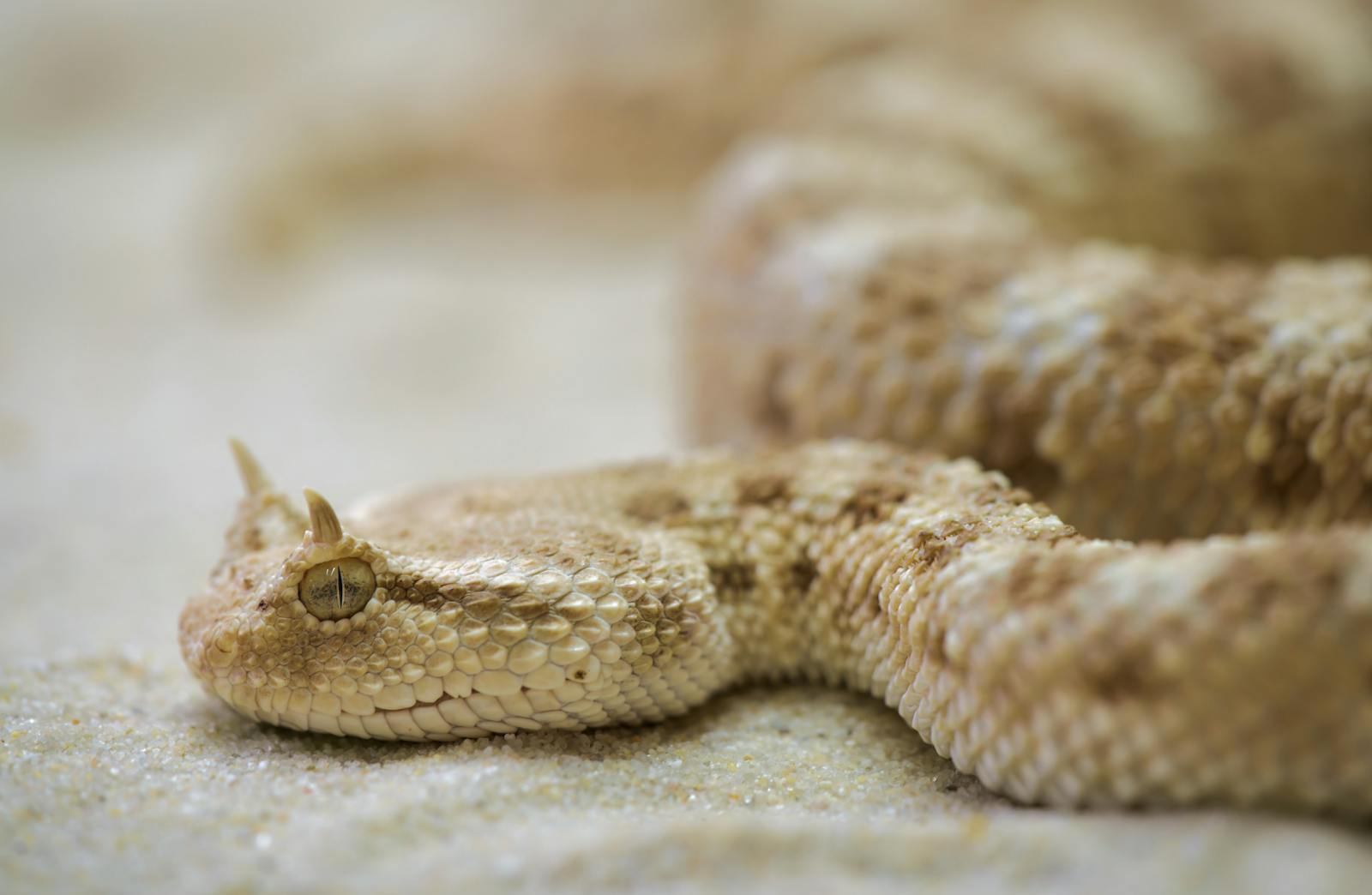Certain snake species navigate and hunt with remarkable precision in the pitch-black wilderness where most creatures are rendered helpless. Unlike humans who fumble in darkness, these serpents possess a biological superpower: The ability to detect infrared radiation emitted by warm-bodied prey. This specialized sensory adaptation allows them to create thermal images of their surroundings, effectively “seeing” heat rather than light. From the notorious pit vipers to the formidable pythons and boas, infrared-sensing snakes have mastered the art of hunting in complete darkness, making them some of nature’s most efficient nocturnal predators. Their remarkable infrared capabilities represent one of evolution’s most fascinating adaptations, blurring the line between traditional vision and a sixth sense.
The Science Behind Infrared Detection

Infrared radiation consists of electromagnetic waves with longer wavelengths than visible light, emitted by all objects with temperatures above absolute zero. Warm-blooded animals like mammals and birds emit particularly strong infrared signatures due to their higher body temperatures relative to their surroundings. Specialized snakes can detect temperature differences as small as 0.003°C, allowing them to pinpoint prey with extraordinary accuracy. Unlike true infrared “vision,” which would involve processing these signals through the eyes, snakes use specialized heat-sensitive pit organs that work independently from their visual system. These organs translate thermal information into neural signals that the snake’s brain processes alongside visual input to create a comprehensive awareness of their environment.
Anatomy of Pit Organs: Nature’s Thermal Sensors

Pit organs are specialized sensory structures found on certain snake species, appearing as small depressions or pits on the face between the eyes and nostrils. In pit vipers, these organs are particularly prominent, featuring a membrane stretched across the pit that divides it into inner and outer chambers. This membrane contains thousands of temperature-sensitive nerve endings that can detect infrared radiation emitted by warm objects. The structure works somewhat like a pinhole camera, with the pit opening directing infrared radiation onto the sensitive membrane. Blood vessels near the membrane help maintain a stable reference temperature, allowing the snake to detect even subtle temperature differences between prey and the background environment.
Pit Vipers: Masters of Thermal Detection

Pit vipers—a subfamily that includes rattlesnakes, copperheads, and cottonmouths—possess the most advanced infrared detection systems among snakes. These reptiles feature deep, loreal pits between their eyes and nostrils on both sides of their head, creating a stereoscopic thermal sensing ability that provides precise directional information. A rattlesnake can accurately strike at prey in complete darkness, relying solely on the thermal information gathered through its pit organs. The sensitivity of these organs is so remarkable that pit vipers can detect a mouse’s body heat from over one meter away, even when the temperature difference is less than one degree Celsius. This adaptation grants pit vipers a significant advantage when hunting nocturnal mammals otherwise protected by darkness.
Pythons and Boas: A Different Approach to Heat Detection
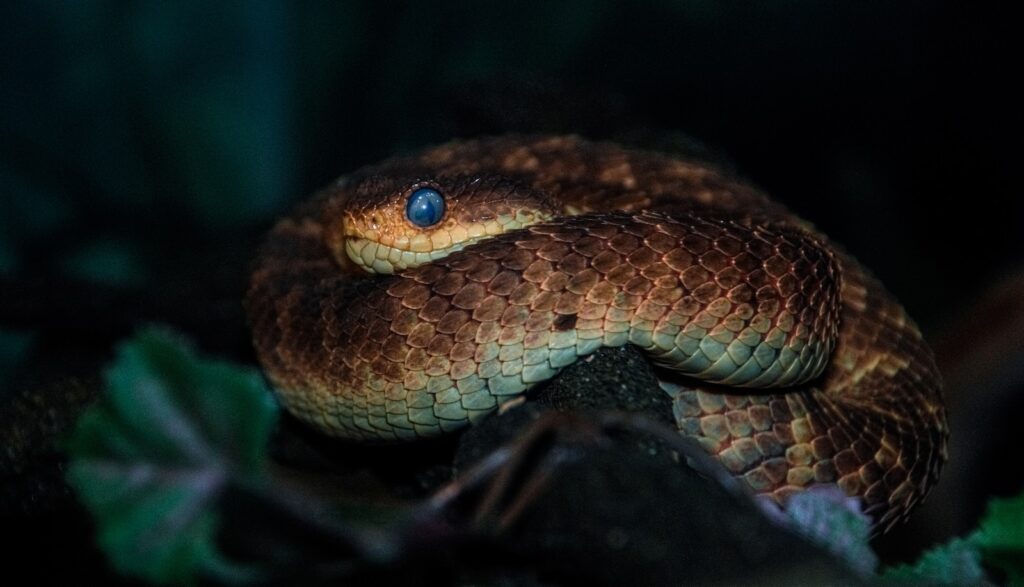
While not as well-known for their thermal sensing abilities, pythons and boas have evolved their sophisticated infrared detection systems. Unlike pit vipers with their prominent facial pits, these snakes possess a series of smaller labial pits arranged along their upper and lower lips. Each of these many smaller pits contains heat-sensitive receptors, collectively providing thermal information from a wide field of view around the snake’s head. The reticulated python, for instance, has approximately 15 heat-sensitive pits along each lip, creating a comprehensive thermal awareness of its surroundings. This different anatomical arrangement serves the same purpose—detecting warm-blooded prey in darkness—but evolved independently from the pit viper system, representing a fascinating case of convergent evolution.
Neural Processing of Infrared Information
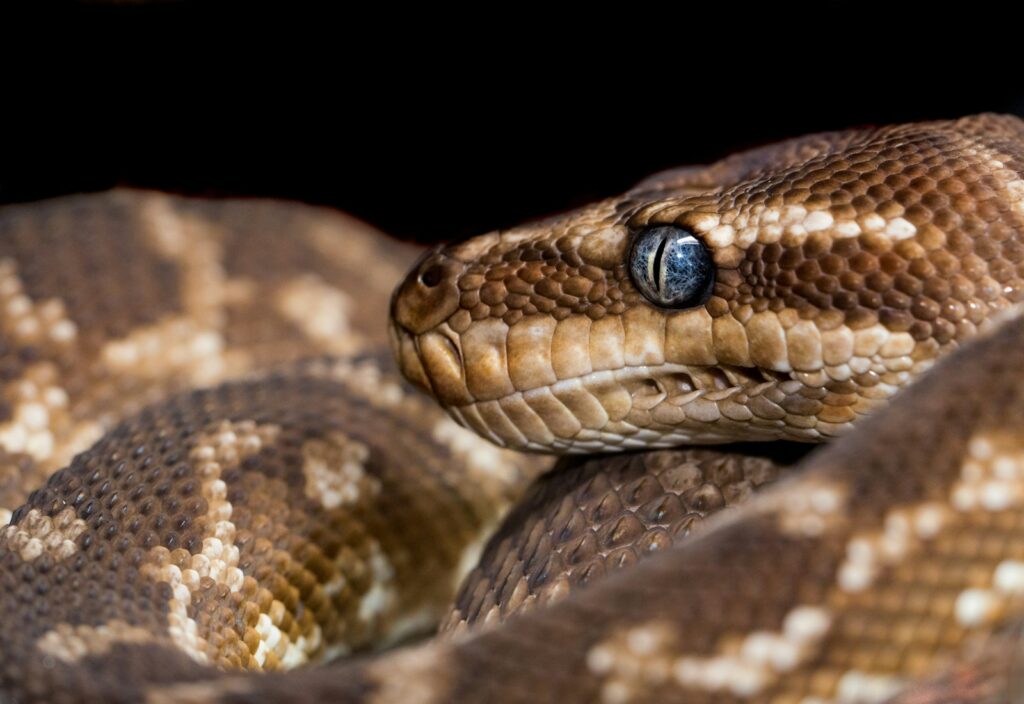
The way snakes process thermal information reveals another fascinating aspect of their infrared capabilities. Signals from the pit organs travel via the trigeminal nerve to a specialized region of the brain’s optic tectum, the same area that processes visual information. Here, thermal and visual data converge, allowing the snake to create a comprehensive representation of its environment. Recent research using advanced imaging techniques has revealed that the snake’s brain effectively overlays thermal information onto its visual field, creating what scientists describe as a form of “thermal vision.” This neural integration is remarkably efficient, enabling the snake to react to purely thermal stimuli with the same speed and accuracy as visual stimuli, even when hunting in complete darkness.
Hunting Strategies Enhanced by Infrared Detection

Infrared-sensing capabilities fundamentally transform how snakes approach hunting, particularly at night. These predators typically employ an ambush strategy, remaining motionless until prey comes within striking range. When a warm-bodied animal approaches, the snake can precisely track its movement using thermal detection, even if the prey is completely silent or camouflaged. During the strike, the snake uses its infrared sense to target vital areas like the head or torso, increasing the effectiveness of its attack. Some species, like rattlesnakes, can even adjust their venom deployment based on prey size, which they assess partly through the intensity of infrared radiation detected. This thermal hunting advantage is particularly effective against nocturnal rodents that rely on darkness for protection from visually oriented predators.
The Evolutionary Advantage of Thermal Sensing

The development of infrared sensing represents a significant evolutionary leap that likely emerged as snakes adapted to nocturnal hunting niches. This adaptation provided access to prey resources unavailable to strictly visual predators, allowing certain snake species to exploit ecological opportunities in darkness. The independent evolution of thermal sensing in both pit vipers and pythons/boas represents convergent evolution, where similar traits develop separately in unrelated lineages facing similar environmental challenges. Fossil evidence suggests that the earliest pit organs appeared approximately 30 million years ago, coinciding with the diversification of small mammals that would become a prime prey. This sensory innovation has proven so advantageous that modern infrared-sensing snakes have diversified into over 200 species spanning multiple continents and habitats.
Limitations of Serpentine Infrared Detection

Despite its remarkable sensitivity, infrared detection in snakes does have some inherent limitations. The thermal sensing system works best when prey animals have body temperatures substantially different from the ambient environment, making it less effective in environments with temperatures close to that of warm-blooded prey. Heavy rainfall or high humidity can interfere with infrared detection by absorbing some thermal radiation before it reaches the pit organs. The system also provides relatively low-resolution information compared to visual systems, meaning snakes still rely on their conventional vision when detailed visual information is necessary. Additionally, because infrared sensing detects heat rather than movement specifically, stationary prey that has cooled to ambient temperature might go undetected, which explains why some prey animals freeze when sensing danger.
Infrared Vision Versus True Vision
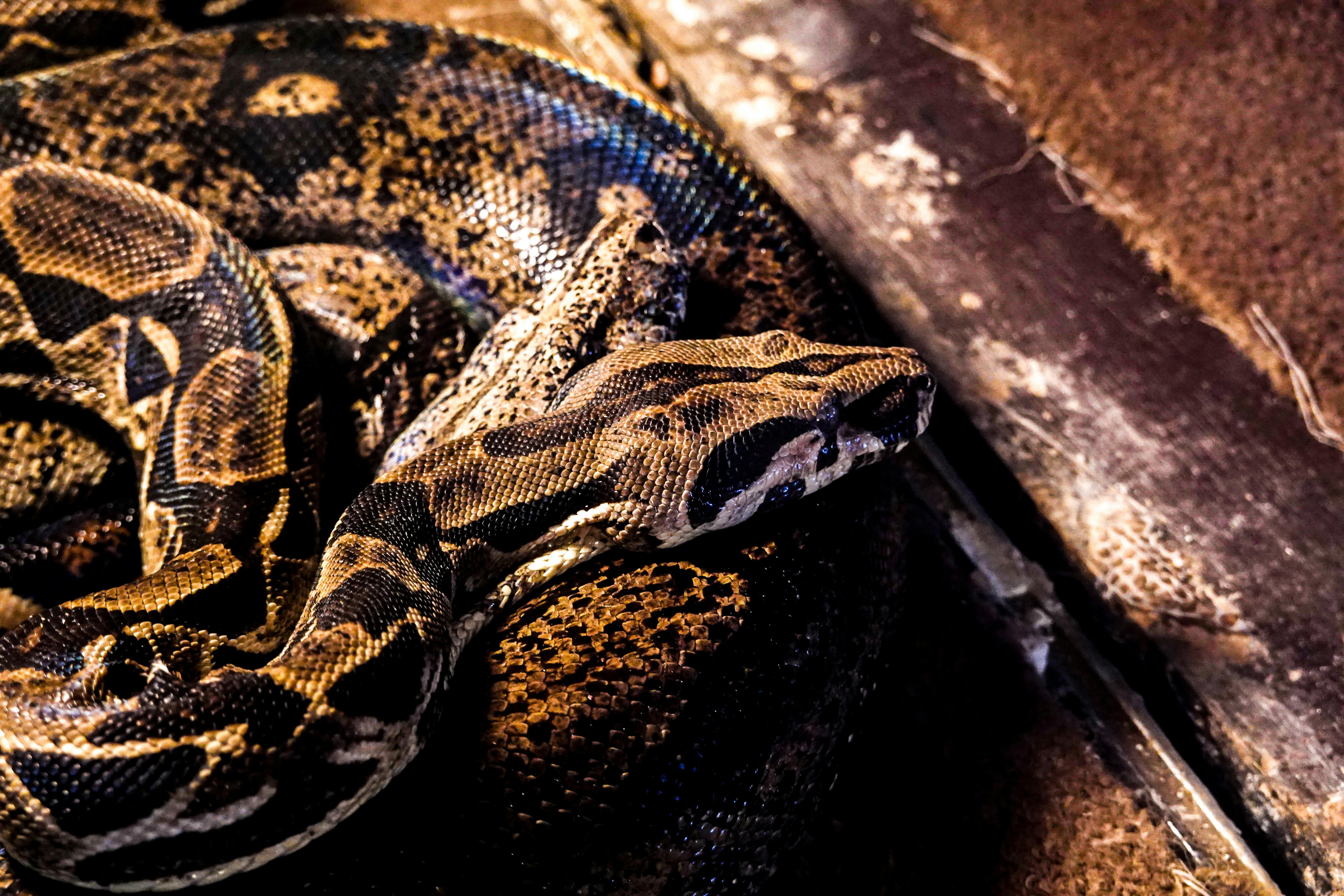
The term “infrared vision” is somewhat misleading, as snakes’ thermal detection differs fundamentally from conventional vision. True vision involves photoreceptors in the eyes detecting visible light wavelengths reflected from objects, with the information processed by the visual cortex. In contrast, infrared detection captures thermal radiation directly emitted by objects using specialized pit organs separate from the eyes. The spatial resolution of infrared sensing is significantly lower than visual perception, providing more of a “heat map” than a detailed image. Nevertheless, when integrated with visual information in the brain, this thermal sensing becomes a powerful complement to conventional vision. Scientists describe this sensory capability as a form of “biological night vision technology” that predates human thermal imaging devices by millions of years.
Comparing Snake Infrared Detection to Modern Technology

The parallels between snake infrared sensing and human-developed thermal imaging technology are striking, though they operate on different principles. Modern thermal cameras detect infrared radiation using microbolometers—tiny sensors that change electrical resistance when exposed to heat—whereas snakes use specialized biological receptors in their pit organs. Military-grade thermal imaging devices can detect temperature differences of about 0.025°C, while pit vipers can detect differences as small as 0.003°C, making the biological system nearly ten times more sensitive than sophisticated human technology. However, electronic sensors can detect infrared across a wider range of wavelengths and process this information into higher-resolution images than a snake’s neural system. Engineers studying snake infrared detection have drawn inspiration from these natural systems when developing new generations of thermal sensors, representing a fascinating case of biomimicry.
Infrared Detection and Climate Change Impacts

Climate change may significantly impact the effectiveness of snakes’ infrared detection systems, potentially altering predator-prey dynamics in some ecosystems. Rising ambient temperatures could reduce the thermal contrast between warm-blooded prey and their environment, making them harder for snakes to detect using infrared sensing. Research suggests that in warming scenarios, the effective detection range of pit vipers might decrease by up to 30%, potentially forcing behavioral adaptations like shifting to cooler microhabitats or altering hunting times to periods when thermal contrast is maximized. Some snake species might compensate by relying more heavily on their other senses, such as chemical detection through their vomeronasal organ. These potential changes highlight how specialized sensory adaptations may become vulnerabilities in rapidly changing environments.
Practical Applications of Understanding Snake Infrared Sensing
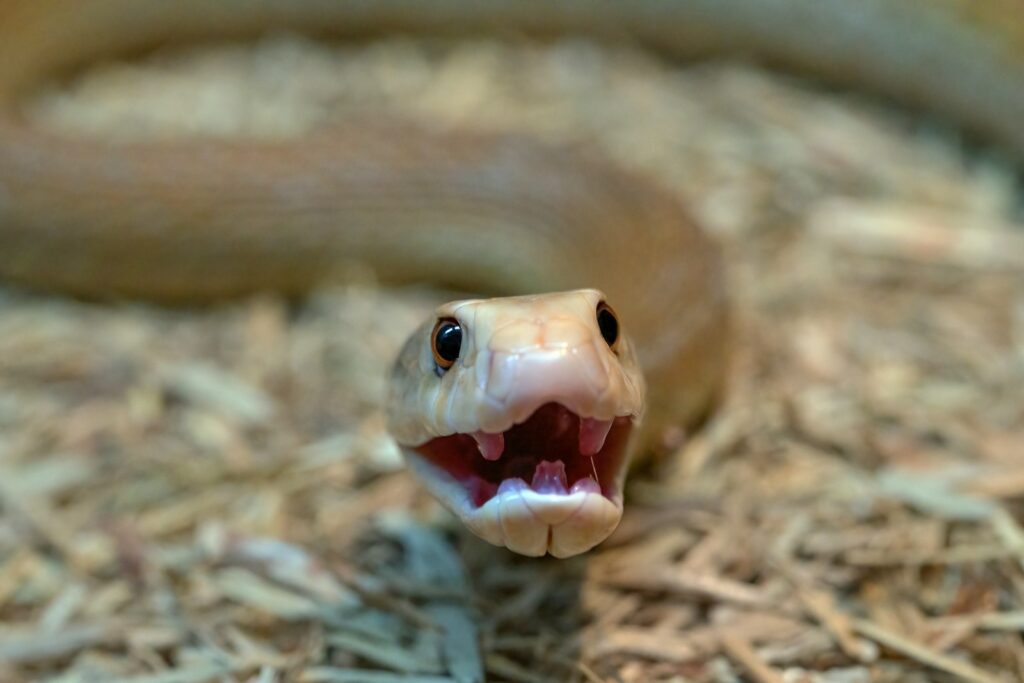
The study of snake infrared detection has contributed to advancements in various scientific and practical fields. Biomimetic engineers have developed more sensitive thermal sensors inspired by the structure and function of snake pit organs, with applications in security systems, building energy efficiency, and medical diagnostics. Understanding how snakes process thermal information has informed developments in computer vision algorithms used for autonomous vehicles and surveillance systems. In wildlife conservation, knowledge of snake infrared capabilities helps in designing more effective management strategies for both threatened snake species and their prey. Medical research has examined the unique properties of infrared-sensitive proteins found in snake pit organs, seeking applications in pain management and neurological treatments that could benefit human health.
Defending Against the Heat Seekers

Prey animals have evolved various countermeasures against snakes’ infrared detection abilities, representing a fascinating example of predator-prey coevolution. Some rodents employ behavioral adaptations like freezing when sensing danger, which minimizes their heat signature by reducing blood flow to peripheral tissues. Certain prey species seek microhabitats that mask their infrared signature, such as burrows with temperatures closer to their body temperature. Some desert rodents have evolved specialized circulatory systems that reduce heat loss through exposed body parts, effectively minimizing their thermal footprint. The most remarkable adaptation appears in certain ground squirrels that have developed the ability to deliberately regulate their body temperature, temporarily reducing the thermal contrast between themselves and their surroundings when snakes are detected nearby—a sophisticated defense specifically evolved to counter the snake’s infrared hunting advantage.
The infrared sensing abilities of certain snake species represent one of nature’s most sophisticated adaptations for nocturnal hunting. Through specialized pit organs that detect thermal radiation, these reptiles effectively “see” in darkness, locating warm-blooded prey with remarkable precision. From the deep facial pits of vipers to the labial pits of pythons and boas, these independently evolved systems demonstrate nature’s ingenious solutions to the challenge of hunting without light. As we continue to study these remarkable sensory adaptations, they not only deepen our understanding of evolutionary biology but also inspire technological innovations that mimic nature’s designs. In the eternal evolutionary arms race between predator and prey, the development of infrared sensing in snakes stands as a testament to the extraordinary diversity of sensory adaptations that have evolved on our planet.

